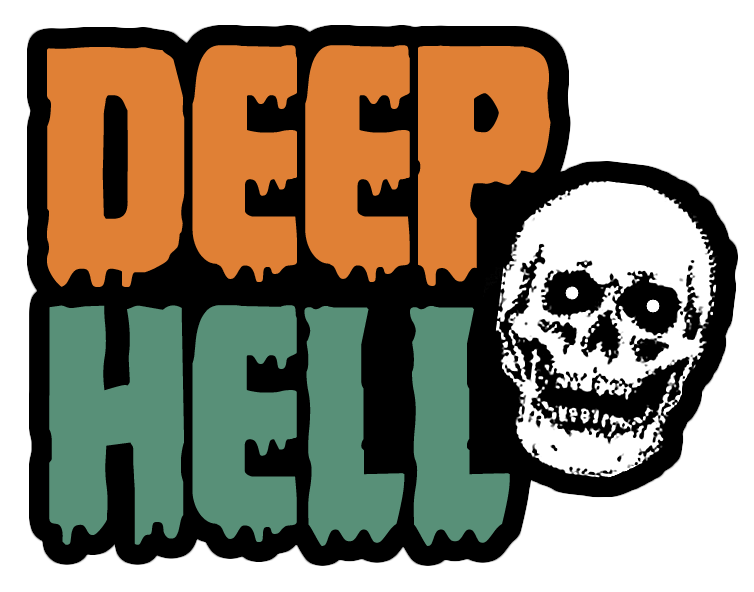INTERNATIONAL TASK FORCE
Overwatch initially pulled me in three or so years ago, because I am easy to trick. Give me characters with fun designs that create great silhouettes in a 3D space, Let me shoot at them. Every so often allow me to jump off of a wall. This, like all things probably comes from teenage years spent playing Half-Life mods.
We’re three years deep and I haven’t really played the game in one-and-a-half. There are brief flirtations with it: I will occasionally hop in to play whatever character looks like a recycled Capcom design from the 90’s. There’s a story in there, somewhere I am assured but in three years it’s still not developing.
Overwatch’s fiction exists only in the background. Occasionally I will be somewhere there are other nerds and they will ask me if I have seen the ‘CGI thing’. So far this is a predictably written diorama about Hanzo and Genji, and something about Mei. Watching them left me in a similar state to blockbuster movies. “These sure are animated well.” I usually don’t actually remember what happened in them a day later.
Blizzard sold Overwatch on its characters. Designed like action figures or superheroes and promising to kind of riff on the same fictional tropes, Overwatch is pitched as a character-based first person shooter with a background of international heroics. The title itself is meant to be the name of an in-universe organization that stopped a robo-pocalypse. I am reminded of this every time I start the game and a sad Ape-Man tells me.
All of the central plots to the game’s fiction only evolve erratically. Short films are released that tell you one or two things about a character. Comics are released that do the same thing but do not take ten minutes to watch. Sometimes they will reveal something shocking: Tracer has a girlfriend! Soldier 76 had a boyfriend! Due to the actual nature of how the story unfolds, neither of these facts have any bearing on the characters or their story.
There’s a common criticism from the Fighting Game Community (or FGC) that story-modes in fighting games are mostly there as an excuse by designers. “Story mode” is synonymous with something that exists purely to placate people that aren’t avid players. Overwatch could be criticized the same way except it’s actually completely true.
Overwatch’s story still exists three years later as an excuse to shoot people online. Blizzard releases new characters occasionally, but all promises of a story is extended marketing.
Maybe this is the result of expecting a giant corporation to create endearing characters, or maybe it isn’t. Superhero comics may truly mean little more than selling movie licenses, but they still tell endearing stories about interesting characters.
Three years in and little has been revealed about the characters or even the setting besides trivia. The last one wouldn’t be so hilariously incompetent if pointless worldbuilding wasn’t the one thing videogame writers were good at!
Why is it bad that all of these characters are just trivia points on the back of an action-figure card?
There’s a lot to be said about the way corporations mine fandom for representation points, but let’s go in an explain a curious situation.
Tracer and Soldier 76’s entire sexuality exists in two forms. The first one is two comics Blizzard published in both the US and translated for a Chinese audience. The other is as minor dialogue. Overwatch lacks an actual story as part of the game that people play, so that is the most that can be done. Apart from naming Tracer “Tactical Lesbian” which would basically be the same amount of representation the character actually gives to any queer people, there’s nothing there.
That comic was of course pulled from wide circulation by the Chinese government. People that play Overwatch there are still talking about her and Soldier 76’s sexuality, but because that characterization has no bearing on the game it’s no doubt been marginally successful.
Using a “story” as a method to sell copies of a game is neither endearing nor will it probably create anything that won’t be forgotten. Blizzard surely hopes their action-figures will be able to be repackaged and resold for countless generations, but they exist as merely a marketing strategy.
Because that representation only exists in a way that has to be deliberately look for: it is ultimately pointless. No doubt is there also an argument to be made that’s more sinister. After all, squirreling away their queer representation will mean it can be ignored by more conservative fans.
Ultimately Blizzard will never lose out on being able to sell the game in marketplaces where that kind of representation isn’t allowed. There never needs to be a real narrative or story about these characters, because the trivia exists purely to get fans doing it themselves. In fanart and fanfiction of all kinds, these characters do matter to people. I hate this, it makes me seethe: it means Blizzard doesn’t just profit off of sales of their game; It means Blizzard is uniquely able to profit off of their own fandom doing all of the leg work when it comes to actual storytelling and representation.
Blizzard is in a unique position. They can claim representation when being criticized for not having it, while never having to directly challenge countries where such representation is heavily censored. With no actual content in the game itself, Overwatch can still be sold wherever Blizzard wants to make money off of it. A self fulfilling reason to never actually care about these characters; they will never matter more than the dollar signs in the eyes of whoever is making them.


What’s up, after reading this awesome piece of writing i am too delighted to share my knowledge
usability click here with mates.
http://fithzvignpvwkgzt8.mee.nu/?entry=3453268
Hi there, I log on to your blogs daily. Your story-telling style is witty, keep it up!
Very nice post. I absolutely love this website.
Thanks!